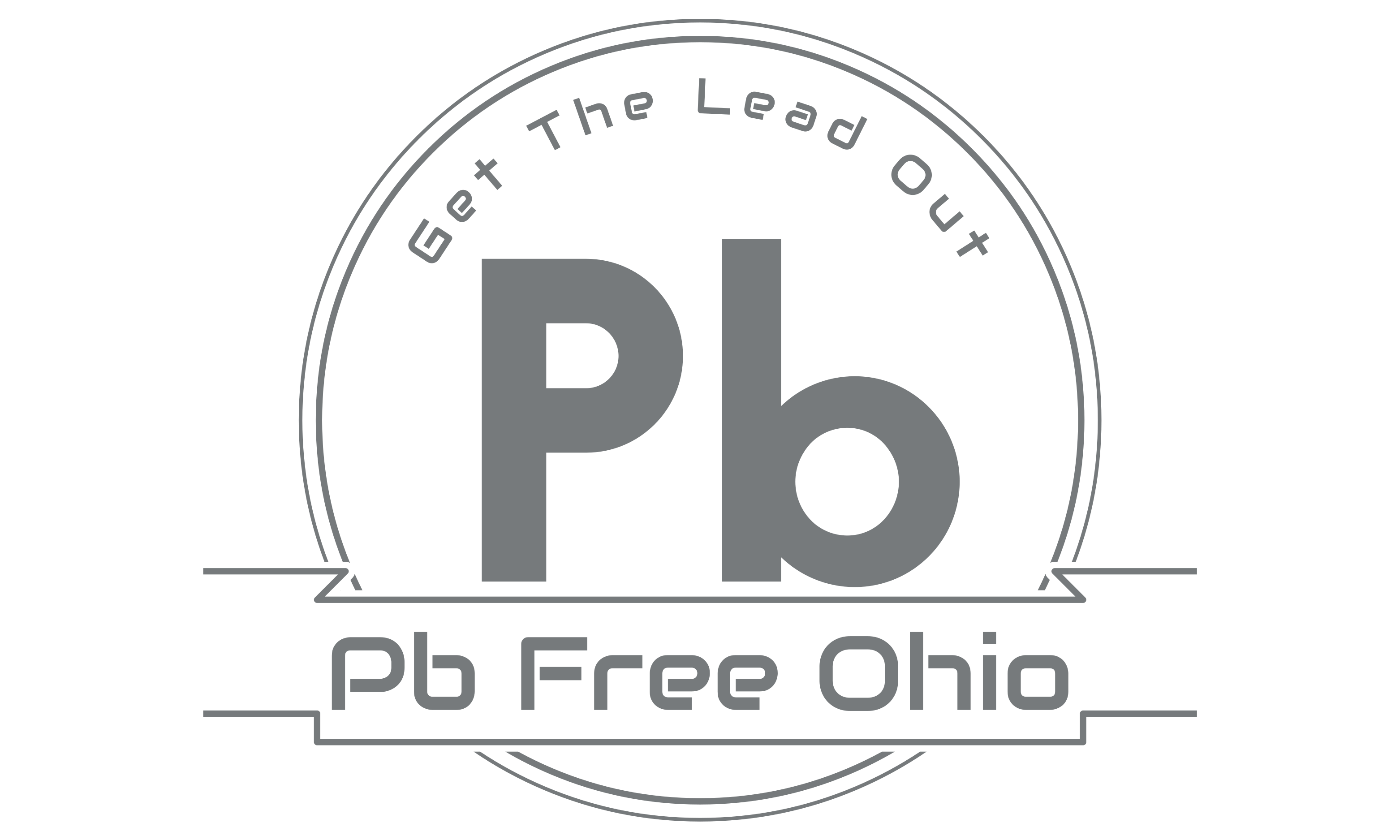The good news is that Cleveland is still trying valiantly to recalibrate its approach to making Cleveland rentals lead-safe by 2028 — this time by creating a special section in the city’s Housing and Building Department that will take a case-management approach to helping noncompliant small landlords navigate the bureaucracy, financial and other challenges.
The bad news is that all signs point to cratering landlord compliance, especially among smaller landlords. Meanwhile, hundreds of Cleveland children continue to test annually at elevated lead levels in their blood — 316 last year, compared with 257 in 2022, cleveland.com’s Courtney Astolfi reports, although the higher number could reflect more robust testing.
According to Astolfi, only about 8% of smaller Cleveland landlords, those renting two units, were believed to be in compliance with the city’s lead-safe requirements at the end of December, compared with 40% of 11-unit-plus apartment buildings. And the number of first-time lead-safe certifications dropped in the final three months of last year to 345, their lowest level in more than two years.
As we editorialized last fall, small fixes, nibbling around the edges, aren’t going to save this critical program, upon which the future health and well-being of Cleveland’s young people rests.
For a start, Cleveland may want to rethink its nonpunitive approach to inducing landlord cooperation and buy-in, with more aggressive measures to enforce the city’s lead-safe requirements, including through Cleveland Housing Court and via enhanced inspections. Otherwise, the corrosive attitude that seems to exist now — that landlords who take the city’s lead-safe requirements seriously and who try to comply are suckers — will persist and grow.
No, these compliant landlords are not suckers. They’re responsible landlords who want their tenants to be safe and the children in their apartments not to be exposed to toxic lead levels at a young age — toxic exposure that correlates strongly with later trauma and violence, learning disabilities and stunted opportunities in life.
Cleveland owes these children the same care and protection. That’s really what the lead-safe law is all about, and those are really the stakes in this effort.

